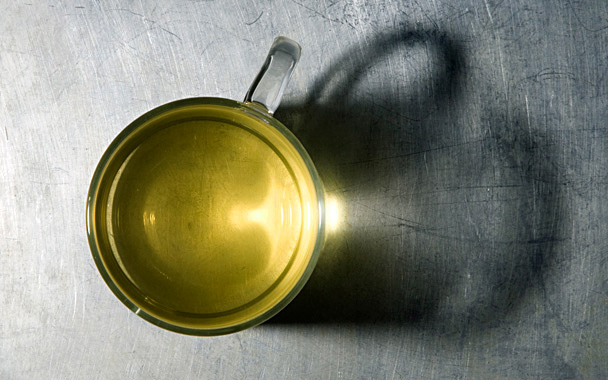A friend sent an email offering to send me some “special tea.” I drink a lot of tea and figured I might be in for some Darjeeling, or Keemun Hao Ya, or Gyokuro—or, if it was not my lucky day, something nondescript in a Harrods tin.
Instead, it was a light, fragrant tea from Korea, deeply green in color, with the leaves rolled into ribbons. It came from the Sulloc Dawson plantation on Jeju island, which is also home to a cool-looking tea museum. The specific type is called jaksul cha, which translates as “sparrow tongues.” Not only had I never had it before, I’d never had any Korean tea at all.
It’s a delicious tea, with the restraint and astringency of a good Japanese sencha but a hint of the pan-fired character of a Chinese green.
I called tea expert Bill Waddington of TeaSource and asked him why I’d never heard anything about Korean tea. “Korea is a fairly northern locale for tea growing and it’s a fairly small geographic area,” he explained. “The upshot of those two factors is they don’t really grow a whole lot of tea compared to the number of people in Korea who drink tea. They consume all the tea they grow and much, much more.”
That’s just slightly overstating the case: With a little googling, I did find some jaksul cha for sale online. I also learned that Korea has one of the world’s most exuberant tea cultures: You can brew up pretty much anything and call it tea, and there’s little distinction between tea as medicine and tea as pleasure drink. Teas brewed with corn or barley are popular, but so are fruit teas, root teas, spice teas, and so on.
By this standard, jaksul cha, containing nothing but tea leaves, is rarefied, even snooty. Just what I was hoping for in a “special tea.”


